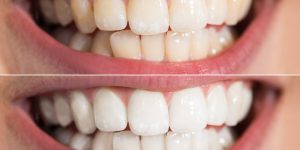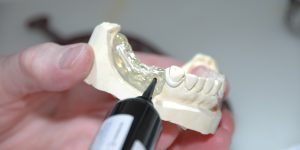Why does the tooth need to be extracted? If your tooth is broken or decayed, your dentist may be able to repair it with a filling or crown. But if it can’t be repaired, your dentist may suggest the best option is to take your tooth out instead. They’ll discuss the treatment options available to you. If you decide to have your tooth removed, your dentist will usually remove it in your dental surgery. But sometimes an oral surgeon will carry out the procedure in the hospital. You can usually go home on the same day as the procedure. You’ll meet the dentist carrying out your procedure to discuss your care. It may differ from what’s described here as it will be designed to meet your individual needs.
What to do following an extraction? Take it easy for the rest of the day. Take as little exercise as you can, and rest as much as you can. Keep your head up to avoid any bleeding.
What precautions should I take? Avoid hot food or drinks until the anaesthetic wears off. This is important as you cannot feel pain properly and may burn or scald your mouth. Also, be careful not to chew your cheek. This is quite a common problem, which can happen when there is no feeling. If you do rest, try to keep your head higher for the first night using an extra pillow if possible. It is also a good idea to use an old pillowcase, or put a towel on the pillow, in case you bleed a little.
Should I rinse my mouth out? Do not be tempted to rinse the area for the first 24 hours. It is important to allow the socket to heal, and you must be careful not to damage the blood clot by eating on that side or letting your tongue disturb it. This can allow infection into the socket and affect healing.
What do I do if it bleeds? The first thing to remember is that there may be some slight bleeding for the first day or so. Many people are concerned about the amount of bleeding. This is due to the fact that a small amount of blood is mixed with a larger amount of saliva, which looks more dramatic than it is. If you do notice bleeding, do not rinse out, but apply pressure to the socket. Bite firmly on a folded piece of clean cotton material such as a handkerchief for at least 15 minutes. Make sure this is placed directly over the extraction site and that the pad is replaced if necessary. If the bleeding has not stopped after an hour or two, contact your dentist. Do not take aspirin, as this will make your mouth bleed.
I am still in pain, what could it be? Sometimes an infection can get in the socket, which can be very painful. This is where there is little or no blood clot in the tooth socket and the bony socket walls are exposed and become infected. This is called a dry socket and in some cases is worse than the original toothache! In this case, it is important to see your dentist, who may place a dressing in the socket and prescribe a course of antibiotics to help relieve the infection. You may also feel the sharp edge of the socket with your tongue and sometimes small pieces of bone may work their way to the surface of the socket. This is perfectly normal.












